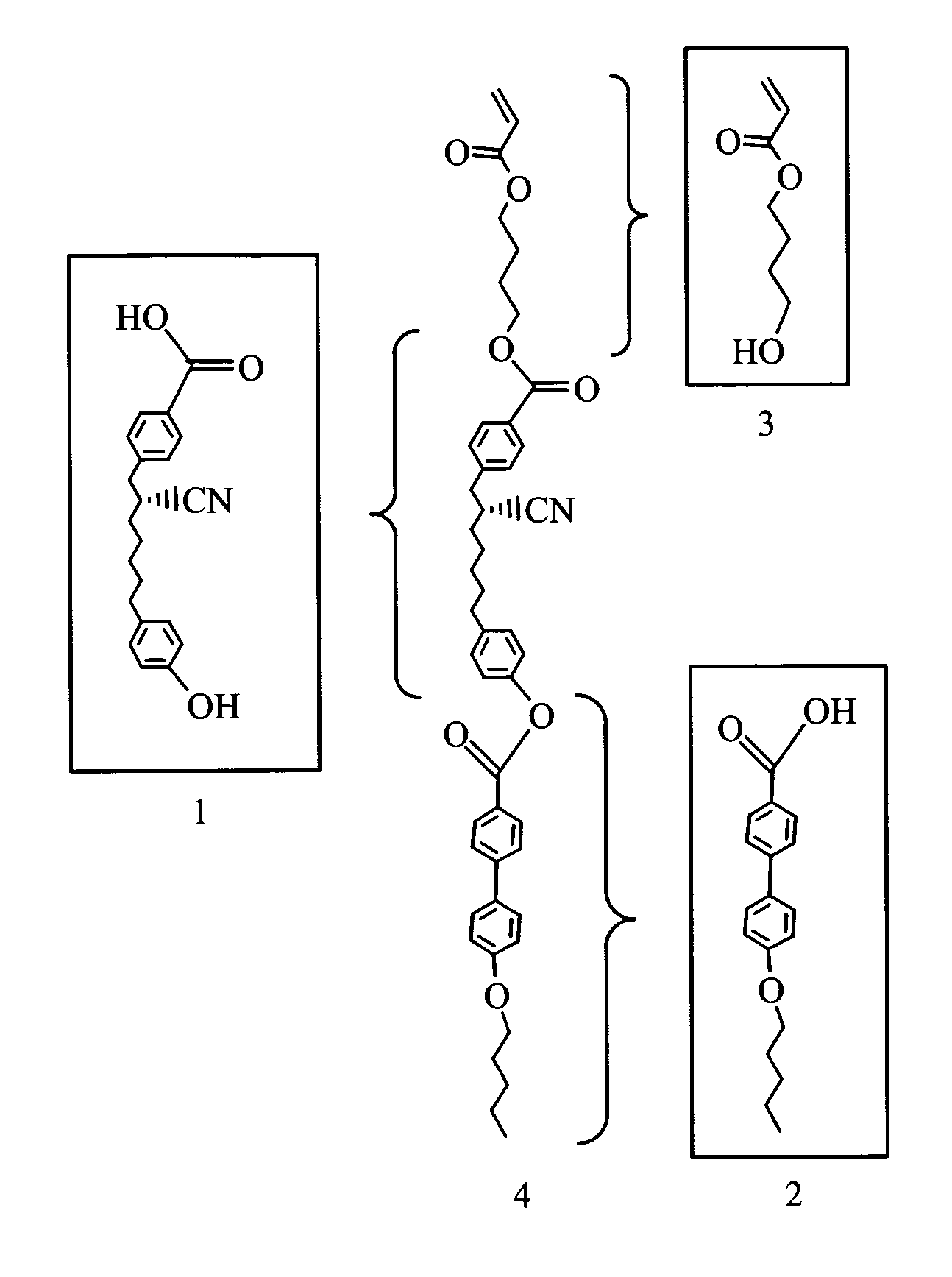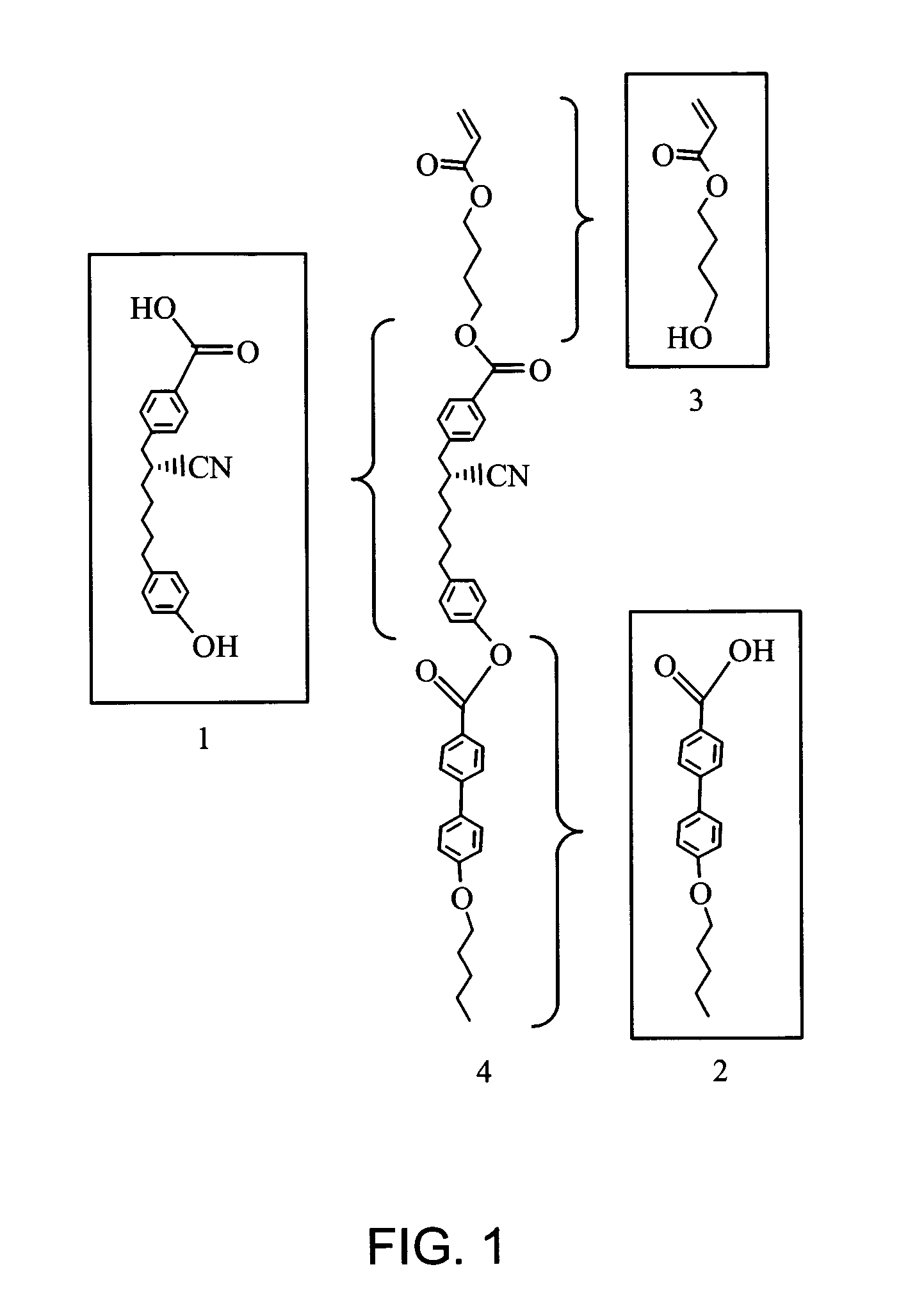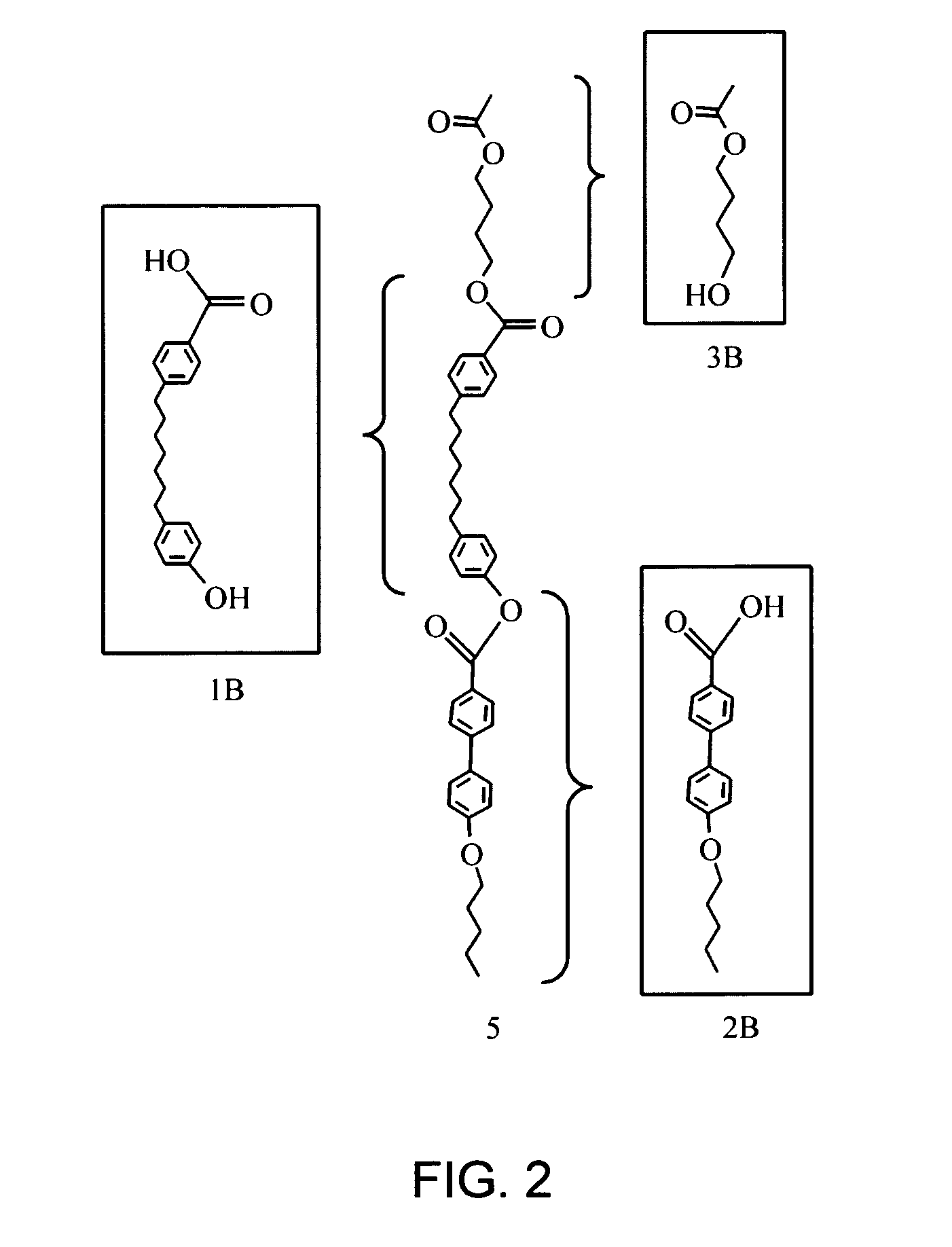Nanoporous structures produced from self-assembling molecules
a technology of self-assembling molecules and nanoporous structures, which is applied in the direction of impression caps, dental prosthetics, transportation and packaging, etc., can solve the problems of inability to achieve porous nanoporous structures via self-assembly protocols, time-consuming and resource-intensive nanostructure construction using atom-by-atom protocols, and failure to achieve completely successful attempts to produce porous nanostructures
- Summary
- Abstract
- Description
- Claims
- Application Information
AI Technical Summary
Benefits of technology
Problems solved by technology
Method used
Image
Examples
Embodiment Construction
[0010]Methods for producing nanoporous structures are provided. In the subject methods, two or more, e.g., first and second, different types of self-assembling molecules are combined with each other under conditions sufficient to produce a composite ordered structure from the two or types of molecules. A feature of two or more types of molecules that are combined in this first step is that a portion of the molecules include cross-linking functionalities not found in the other portion of the molecules. The resultant self-assembled composite structure is then subjected to conditions sufficient for cross-linking of the portion of the molecules that includes the cross-linking functionalities to produce a stabilized composite structure. Finally, the remaining non-cross-linked molecules of the stabilized composite structure are separated from the stabilized composite structure to produce a nanoporous structure. Also provided are nanoporous structures produced according to the subject meth...
PUM
| Property | Measurement | Unit |
|---|---|---|
| inner diameter | aaaaa | aaaaa |
| length | aaaaa | aaaaa |
| length | aaaaa | aaaaa |
Abstract
Description
Claims
Application Information
 Login to View More
Login to View More - R&D
- Intellectual Property
- Life Sciences
- Materials
- Tech Scout
- Unparalleled Data Quality
- Higher Quality Content
- 60% Fewer Hallucinations
Browse by: Latest US Patents, China's latest patents, Technical Efficacy Thesaurus, Application Domain, Technology Topic, Popular Technical Reports.
© 2025 PatSnap. All rights reserved.Legal|Privacy policy|Modern Slavery Act Transparency Statement|Sitemap|About US| Contact US: help@patsnap.com



